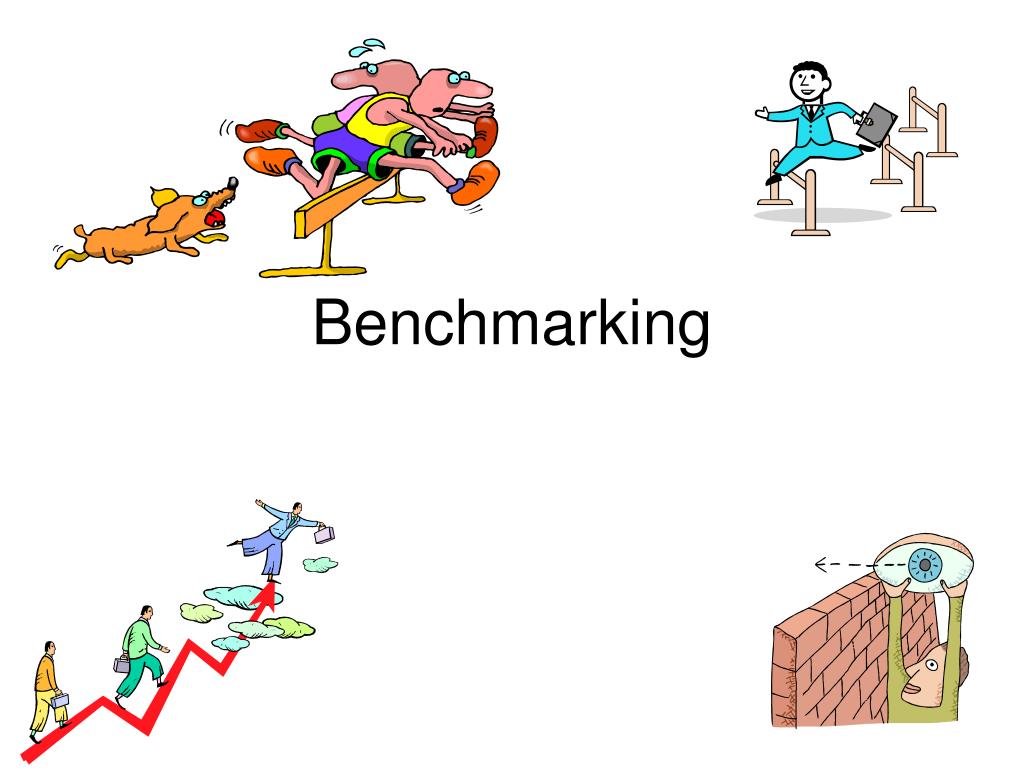

The benchmarks then compute the average, standard deviation, maximum, and minimum run time for each microbenchmark. The top-level benchmarks execute multiple performance trials for each microbenchmark in which the run time (synonymous with wall-clock time in this document) is obtained.

The benchmarks are divided into three categories: dense matrix linear algebra kernels, sparse matrix linear algebra kernels, and machine learning functionality. We developed the RHPCBenchmark package to determine the single-node run time performance of compute intensive linear algebra kernels that are common to many data analytics algorithms, and the run time performance of machine learning functionality commonly implemented with linear algebra operations.
#Project benchmark definition full
Optimization of the R interpreter, its intrinsic functionality, and R packages for specific hardware architectures will be necessary for data analysts to take full advantage of the latest HPC clusters, and to obviate the need to reengineer their analysis workflows.
#Project benchmark definition software
The benchmark performance results can also be used to prioritize software performance optimization efforts on emerging High Performance Computing (HPC) systems. Benchmarking is a way to assess the performance of software on a computing platform and to compare performance between different platforms.


 0 kommentar(er)
0 kommentar(er)
